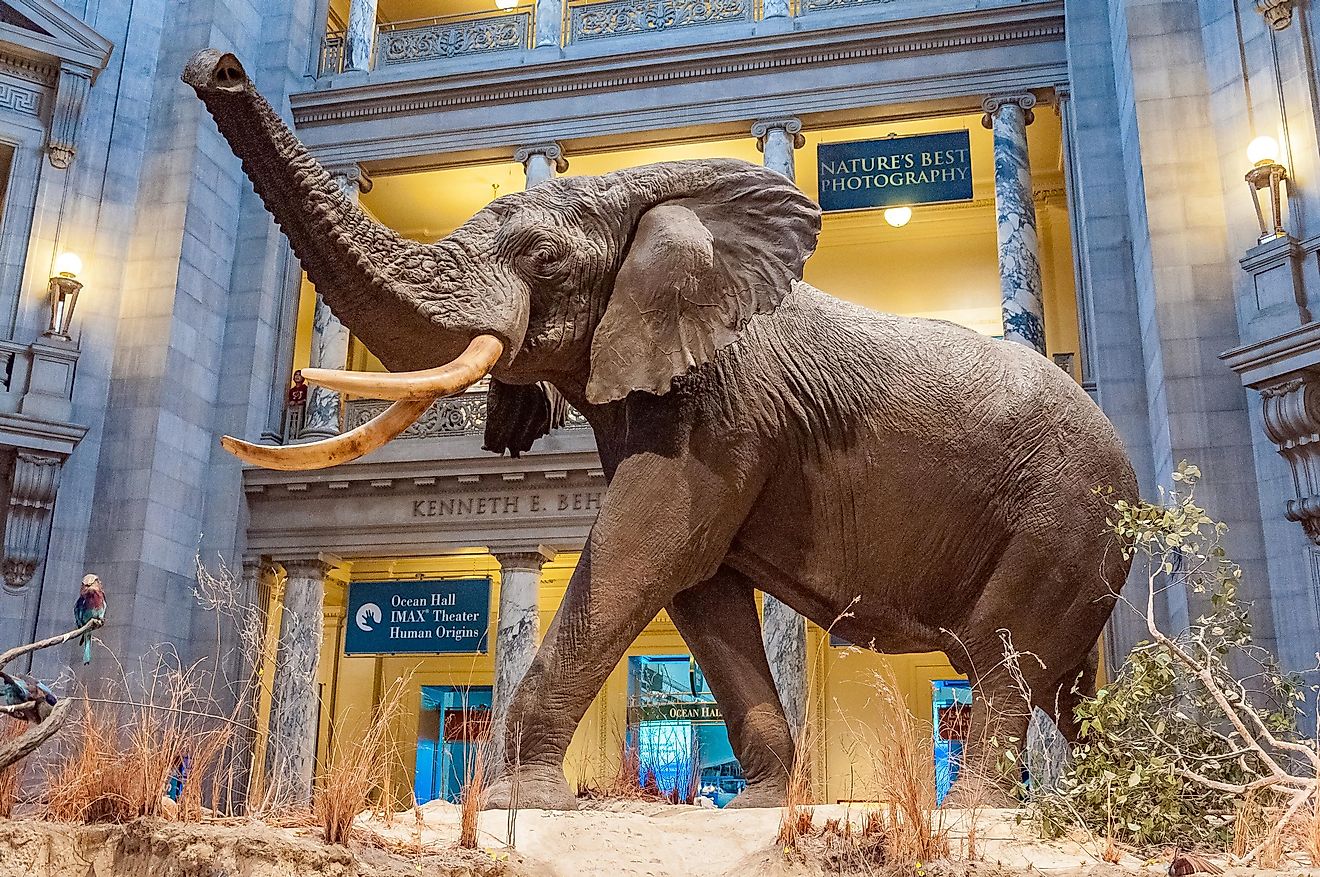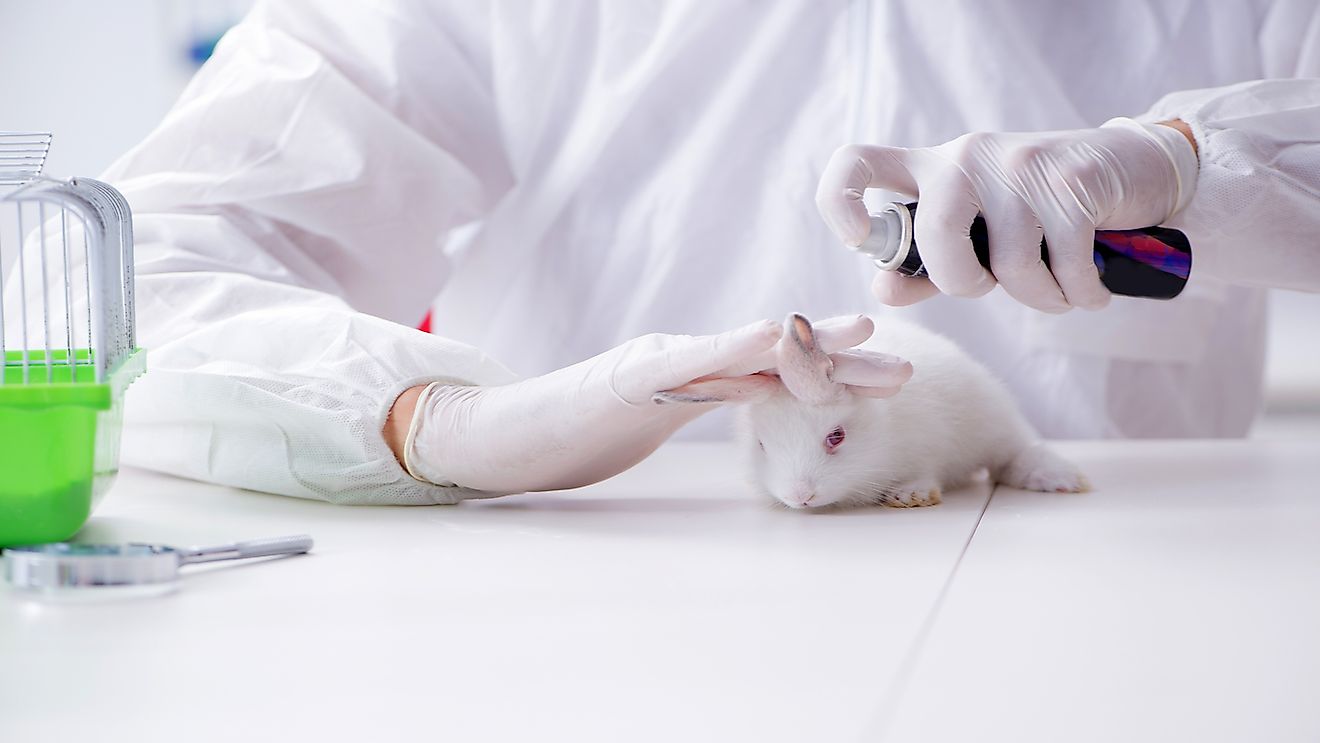Ada Lovelace, the World's First Computer Programmer

Ada Lovelace was born Augusta Ada King on December 10, 1815 in London. She is known for writing the world’s first computer program—before computers even existed! Unfortunately for the world, Ada’s life was short. She died in London, from uterine cancer, on November 27, 1852.
Here are nine interesting facts about Ada Lovelace.
Daughter of Lord Byron
Ada is the only legitimate child of Lord George Gordon Byron, a key figure in the British Romantic movement, best known for both his amorous affairs and his lyrics in Childe Harold and Don Juan. Her mother, Anna Isabella Milbanke, was intelligent and well-educated in her own right. Their marriage was unhappy from the start, and they separated shortly after Ada’s birth. Ada never knew her father. He died when she was eight years old. Much of Ada’s education was selected by her mother to avoid what she deemed Lord Byron’s “madness”. This led to Ada being exceptionally educated in the areas of science and mathematics, which was uncommon for girls at the time. Ada was 36, the same age her father was, when she died; her grave is next to his at the Church of St. Mary Magdalene in Nottingham, England.
Flying Machine
Ada was obsessed with flight and spent a long time researching birds. She explored wing anatomy and thought about ways to incorporate a steam-powered engine to her design. Her design was comprehensive and although she abandoned her idea, it preceded the patent for the aerial steam carriage (which came 15 years later). Ada loved machines and thinking about how to make them work.
Brilliant Tutors
As the daughter of an aristocrat, Ada had access to many smart tutors. She studied with William Frend, a prominent social reformer of the time. Her mother also brought in Mary Somerville, an astronomer and mathematician from Scotland. Mary would introduce Ada to the mathematician and inventor, Charles Babbage, when Ada was only 17. As an adult, Ada continued her studies through correspondence and lessons with Augustus De Morgan, a professor at the University of London whose specialty was symbolic logic. Ada would go on to collaborate with Babbage on his Analytical Engine. Ada also was acquainted with Charles Dickens and it is said that he read a portion of one of his stories to her shortly before she died.
Illnesses and Sickness
As a child, Ada experienced intense headaches which impacted her vision. As a young teenager, Ada contracted measles which led to a year’s worth of bed rest and a lengthy recovery. It took her nearly two years to be able to walk again on crutches. And as an adult in her twenties, Ada suffered from cholera. Despite all of these illnesses, Ada continued to devote her time and energy to more and more mathematics and mechanical studies. She died of uterine cancer at the age of 36.
Compulsive Gambling
Despite her mother’s efforts, it seems that Ada possibly took after her father in some ways. Toward the end of her life, Ada used her mathematical skills to attempt to predict the outcome of horse races. Much of her wealth went toward her gambling debts.
Computer Programming
Ada worked closely with Charles Babbage on his Analytical Engine. In 1843 she translated and annotated an article by L.F. Menabrea’s article about the Analytical Engine. Her notes were nearly three times the length of the original article. Within these notes, was the first computer program. Ada wrote an algorithm for how Babbage’s Analytical Engine could compute the seventh Bernoulli number. An equally important component of her footnotes, was the idea that computers could not only crunch numbers, but could also compose music, create graphics, and so forth. She really understood the potential for computers.
Computer Language
In the late 1970s, the US Department of Defense was developing a new high order computer programming language that would supersede over 450 other computer programming languages in use at the time. In 1980, the language was officially named “Ada”, after her. Ada is still used by computers around the world.
Ada Lovelace Day
International Ada Lovelace Day first took place in 2009; it was founded by Suw Charman-Anderson as an international day to celebrate all of the achievements of women in STEM (science, tech, engineering and maths). The original idea was that the day would be a day of blogging that honored women’s work in STEM fields. From its initial celebration, the day has been international, with individuals across the globe participating. The scope of activities on the day has continued to expand and this year it celebrates its 10th anniversary.
Legacy
Over a hundred years after her death, Lovelace’s annotated notes were republished and there was a resurgence of interest in her life. Lovelace has been featured in several plays, starting in the 70s with Childe Byron (1977). A more recent play was published in 2015, Ada and the Memory Engine. Additionally numerous fiction series include Ada as a main character as do some graphic novels and webcomic series. Since 2015, Ada (along with Charles Babbage) has had an illustrated page in the British Passport. In 2017, Google featured her in one of their Google Doodles. The Ada Initiative (2011-2015), which supported women in open technology and culture, was named after her, as was the Ada Developers Academy in Seattle. Goodnight Stories for Rebel Girls (2016) opens its tales with a story about Ada. Lastly, in 2018 The New York Times published an obituary detailing Ada’s life and contributions.
Although Ada Lovelace was born more than 200 years ago, her life and story remain relevant to our world today. She is a role model for women who want to explore the world of STEM.











